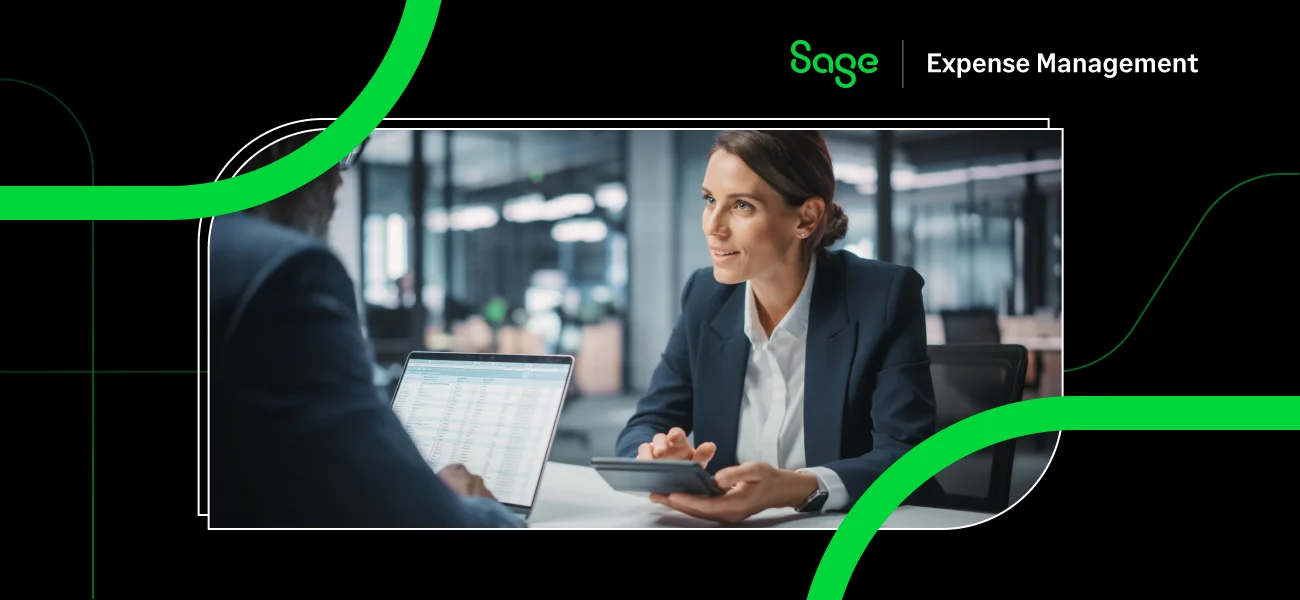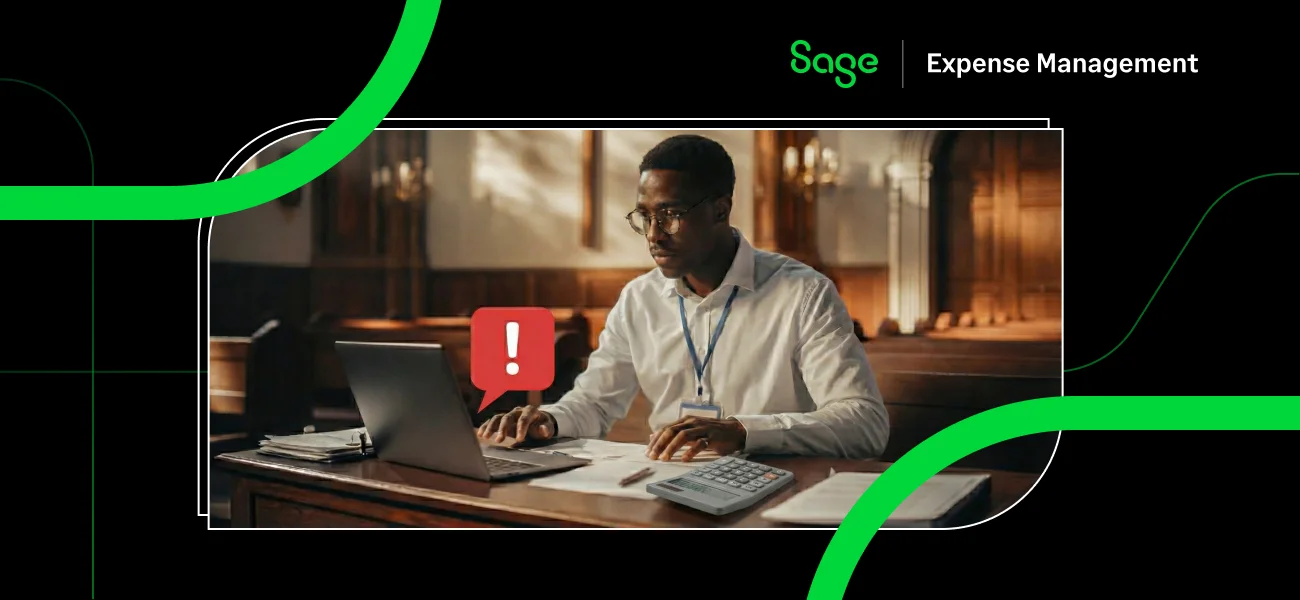Payday is something most employees look forward to every month. As such, paying them correctly and on time is imperative. It’s key to motivating your workforce, boosting productivity, and achieving success.
However, Intuit reports that around 25% of employees across the U.S frequently encounter paycheck errors. Some workers have also reported receiving their wages late. Such situations make them unhappy and dissatisfied, affecting their morale and productivity.
A Clutch report stated that 25% of small businesses still use pen and paper for finance and accounting, while a massive 45% don’t even have an accountant or bookkeeper.
Whether using invoice factoring for customer payments or payroll accounting for employee compensation, you must employ proper systems for business accounting.
A well-oiled payroll accounting system is crucial for paying workers promptly and accurately. It enables you to stay on top of what you owe your employees and involves everything from employee salaries to benefits or taxes.
This article covers everything you need to know about payroll accounting. Here, we'll explore the scope of work, types of entries, and the difference between payroll liabilities and expenses. You’ll also learn how to set the flow of your payroll process to manage challenges encountered with payroll accounting.
So, let's get started!
What Is Payroll Accounting?
Payroll accounting entails tracking, filing, and paying employees for a given time. Based on the definition, the payroll process includes the following primary tasks:
- Tracking employees’ work hours
- Computing workers’ pay
- Distributing salaries or wages
However, there’s more to payroll accounting. It also involves performing the following accounting functions:
- Recording and calculating overtime (OT) pay
- Approving and computing sick and vacation leaves
- Calculating company bonuses and business profits
- Disbursing payments for government benefits
- Recording and filing employee taxes
The Scope of Payroll Accounting
Payroll accounting has a vast scope of work. It involves tons of financial transactions to record, file, and disburse for payments. Listed below is a list of financial elements to include in your payroll accounting:
- Salaries: Your accountant should record earnings employees made in a fiscal year. The earnings include salaries, additional wages, overtime pay, and commissions.
- Benefits: Your accountant should record all fringe benefits provided by your company. These benefits include health insurance, dental policy, worker’s compensation, retirement plans, and even sick and vacation leaves. They should also withhold the employees’ parts for premiums and contributions.
- Taxes: Your accountant should withhold the employees’ taxes based on the W-4 form they filled out and record the employer’s costs. These include federal income, state income, social security, and Medicare taxes.
Accountants and bookkeepers must accurately manage all financial transactions involved in payroll, whether assets or liabilities. To help them in the process, they can use an accounting software or other payroll automation tools.
Types of Payroll Accounting Entries
An accurate financial recording is key to a streamlined payroll process. Before even paying employees and disbursing taxes, your accountant should ensure all financial transactions get recorded.
Here are the types of payroll accounting entries you should consider for your business:
- Initial recording: This recording is the standard method of inputting payroll data. However, this only includes the employees’ salaries and taxes.
- Accrued wages: This recording occurs at the end of the accounting period, whether quarterly or annually. However, this depends on your business size and the urgency of the financial review best for your stakeholders.
- Manual payments: This method involves sending payments to your employees manually. A perfect example is when you mail a check to your employee's address. Your accountant should make the necessary changes to the payroll record due to the manual transaction.
Payroll Liabilities vs. Payroll Expenses
It’s essential to understand the key terminologies used for payroll. Often, people and even accounting professionals tend to use payroll liabilities and payroll expenses interchangeably.
For the uninitiated, payroll liabilities refer to the costs you pay for hiring and employing workers. On the other hand, payroll expenses involve all costs involved in your day-to-day payroll operations.
To further understand the difference, let’s take a look at some examples:
Examples of payroll liabilities
- Employee compensation (salaries or wages, overtime pay, and commission)
- Taxes (federal income tax, state income tax, etc.) and insurance (health insurance, worker’s compensation, etc.)
Examples of payroll expenses:
- The expense of investing in accounting software
- The cost of outsourcing to a professional accountant
How to Set up the Flow of a Payroll Process
Now that we’ve tackled the payroll accounting concept, it’s time to set a flow for the payroll process. Take the steps below:
Set Up a Payroll Account
Start by setting up a payroll account for your business. To do so, you must first decide how you like to compensate your employees. You’ll have to consider your employees’ wages, payment period, fringe benefits, and tax obligations.
It’s best to leverage an automated tool or software for proper accounting. Investing in the latest technology allows your accountant to streamline the payroll process and get everything completely organized.
Calculate Taxes and Other Deductions
Once you have your payroll account, it’s time to start with your calculation. First, prioritize your employee taxes and other significant deductions. Then, input the data in the accounting tool for automatic computation and disbursement.
Understand that you withhold taxes from the employee pay to fund income tax, Social Security tax, and Medicare tax liabilities. Also, you include deductions from the employee salary as payments for worker’s compensation, retirement plans, and health, dental, vision, and life insurance policies.
Gather Payroll Documents
At this point, your accountant can go ahead and gather all payroll paperwork. Make sure to compile all forms filed and submitted by your employees. They must get scanned and recorded on your payroll system for record purposes.
The payroll documents include the I-9 form (employment eligibility verification), W-4 form (employee tax status), and direct deposit authorization form (for checks deposited into employee accounts.)
Record Payroll Liabilities and Expenses
With a payroll account in place, your accountant should track all payroll liabilities and expenses. Set a Chart Of Account (COA) for recording and monitoring all financial transactions.
It’s best to leverage your accounting software for automatic payroll computations. You’ll also be able to capitalize on its accurate financial reporting to make sound business decisions.
Double-Check All Payments and Transactions
With ongoing financial transactions and regular salary payments, it’s vital to double-check your payroll account. Sure, your automated accounting software can perform accurate calculations. However, it still requires human interventions and regular audits.
While your bookkeeper records your financial transactions (including payroll liabilities), your accountant will examine, analyze, and report your business finances. Hence, consider hiring these professionals for your business.
Struggles With Manual Payroll Expense Management
As mentioned above, 25% of small companies still perform manual accounting and bookkeeping. This comes with some potential drawbacks that can compromise your business finances.
Manual handling payroll expenses can be tedious and cumbersome. Here are some struggles you may encounter with manual payroll expense management:
- Laborious payroll work: Payroll requires you to record, track, and calculate expenses. Manually handling these tasks can be arduous. The computation can be the most challenging as it requires your accountant’s utmost focus and time.
- Time-consuming payroll tasks: Besides extensive labor, manual payroll management can be time-consuming. It may take your accountant weeks to perform some payroll tasks. But it may only take them a few days with automated software.
- High margins of error: Laborious and time-consuming payroll tasks may impact payroll accuracy. Your accountant may commit payroll mistakes in recording and calculation. This can affect your employee compensation and compromise your business.
- Privacy and security issues: Payroll expenses on paper can lead to privacy breaches. They can happen when this paperwork gets stolen. Even an outdated manual payroll system can be subject to cyberattacks. Your accountant should always stay on top of your payroll expense management.
- Compliance risk: All the struggles mentioned above can lead to compliance risk. For one, incorrect and delayed salaries can escalate to customer complaints. Also, incorrect tax disbursements can result in penalties and even business shutdowns. Ultimately, manual payroll expense management can put your business at risk.
How Automating Payroll and Other Accounting Functions Help
Given the struggles with manual payroll expense management, what's the best action? Automate your payroll process by investing in the latest software or apps.
First, you can use accounting software for your business finances, including payroll. You can also integrate your accounting tools with an expense management software like Sage Expense Management. This will streamline your payroll expense management for timely, efficient, and accurate payroll work.
Lastly, consider hiring finance professionals. An accountant and bookkeeper can optimize your payroll process and scale your business.
Conclusion
Payroll accounting is integral to business success. It goes beyond paying employees promptly and correctly. It’s about staying on top of their salaries, benefits, and taxes. It’s also about managing your cash flow and maintaining your financial health.
For your payroll accounting, follow the recommended steps for setting a payroll process and addressing some common challenges. In addition, make sure to automate your payroll system and invest in accounting and other financial software.
With informed decisions, you can optimize your payroll department. Accurate, efficient, and seamless payroll can ensure employee satisfaction and business success!



















